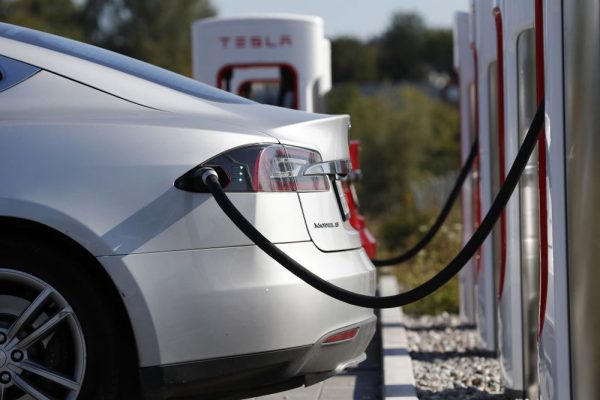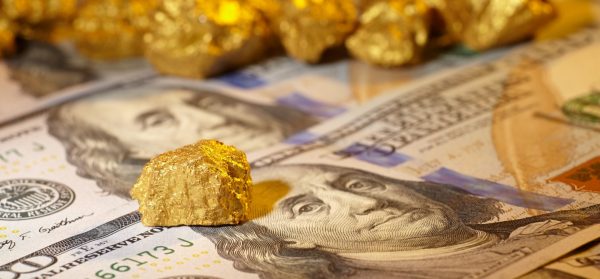Can raw lithium survive the test of time, beware Zimbabwe!

Its quite clear that Lithium has attracted world recognition as a significant mineral playing a substantial role in electric cars and other clean tech gadgets. However, Europe which the world has been eyeing as the consumer of raw lithium is changing goalposts by promoting the recycling of vital elements such as lithium.
Rudairo Dickson Mapuranga
The European Union has been tipped by the European Raw Materials Alliance (ERMA), a partnership of over 300 companies, business associations and governments, to break Europe’s dependence on imports from China and other resource-rich countries.
The EU reportedly imports around 98 percent of rare earth from China. Turkey supplies 98 percent of its borate, while Chile meets 78 percent of Europe’s lithium needs. South Africa provides 71 percent of its platinum and Brazil supplies 85 percent of the old continent’s niobium, a crucial part of steel alloys used in jet engines, girders, and oil pipelines.
Zimbabwe is the world’s fifth-largest producer of lithium, albeit with only a single producing mine and could soon regret to have invested in the sector because the popularity of lithium in clean energy and tech gadgets could soon be wiped out.
However, political analysts have interpreted ERMA’s move has a way of trying to dismantle China from controlling the whole world market through identifying African countries like Zimbabwe that can be able to supply lithium and raw earth minerals to the rest of the world.
Zimbabwe has the potential to supply over 20 percent of the world’s lithium appetite and potentially able to supply over half of Europe’s demand for the next 30 years.
Renowned research groups have predicted that the European Union will need about 60 times more lithium than it is currently consuming and 15 times more cobalt for electric vehicles (EV) batteries and energy storage by 2050. It is estimated that the demand for rare earth minerals used in high-tech devices and military applications will increase 10-fold in Europe over the same period.
The European Union will not be able to ditch out lithium and raw earth imports due to the world’s adoption towards clean energy and the fact that recycling of elements could be deemed a danger to the climate.
Bikita Minerals is the only active lithium mine in Zimbabwe with several other lithium projects at various stages of development, establishing its position among the major producers in the world.
Lithium was classified by the government as strategic in helping the country achieve US$12 BILLION mark by 2023 with the mineral fetching half a billion.
The country also boasts of MIRRORPLEX (Pvt) Limited’s lithium project in Shamva which is postured to become Zimbabwe’s biggest hard rock lithium resources has the potential to grow into a world-class lithium mine with Results from 240 Rock Chip samples taken from the exposed Bonnyvale pegmatite body at the Shamva Lithium Project provides high-grade lithium assay results up to 3.13% Li2O and surface sampling at the Loch Ness prospect has revealed two more pegmatites containing high Li2O grades up to 4.82% Li2O.
Other lithium projects are Arcadia by Prospect Resources, Zulu and Kamativi projects which would cement the country’s position on the world lithium market.
Zimbabwe should now focus on value addition through reopening closed factories thus becoming one of the largest suppliers of lithium batteries and clean energy.
Spare a thought for Zimbabwe, which reportedly has the potential to supply roughly 20 percent of global lithium compounds, yet little effort has been made towards venturing in the making of environmentally-friendly lithium-ion batteries for electric cars and various other electronic components. Beware, just in case we could be floating in what will later turn out to be a bubble that will finally burst, and that is if fears by analysts are anything to go by.
This article first appeared in the December 2020 issue of Mining Zimbabwe magazine


